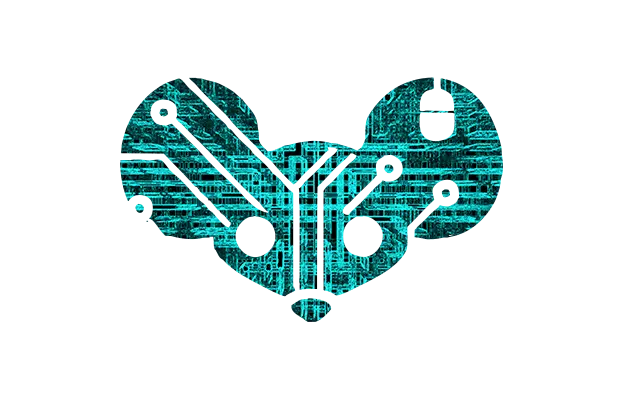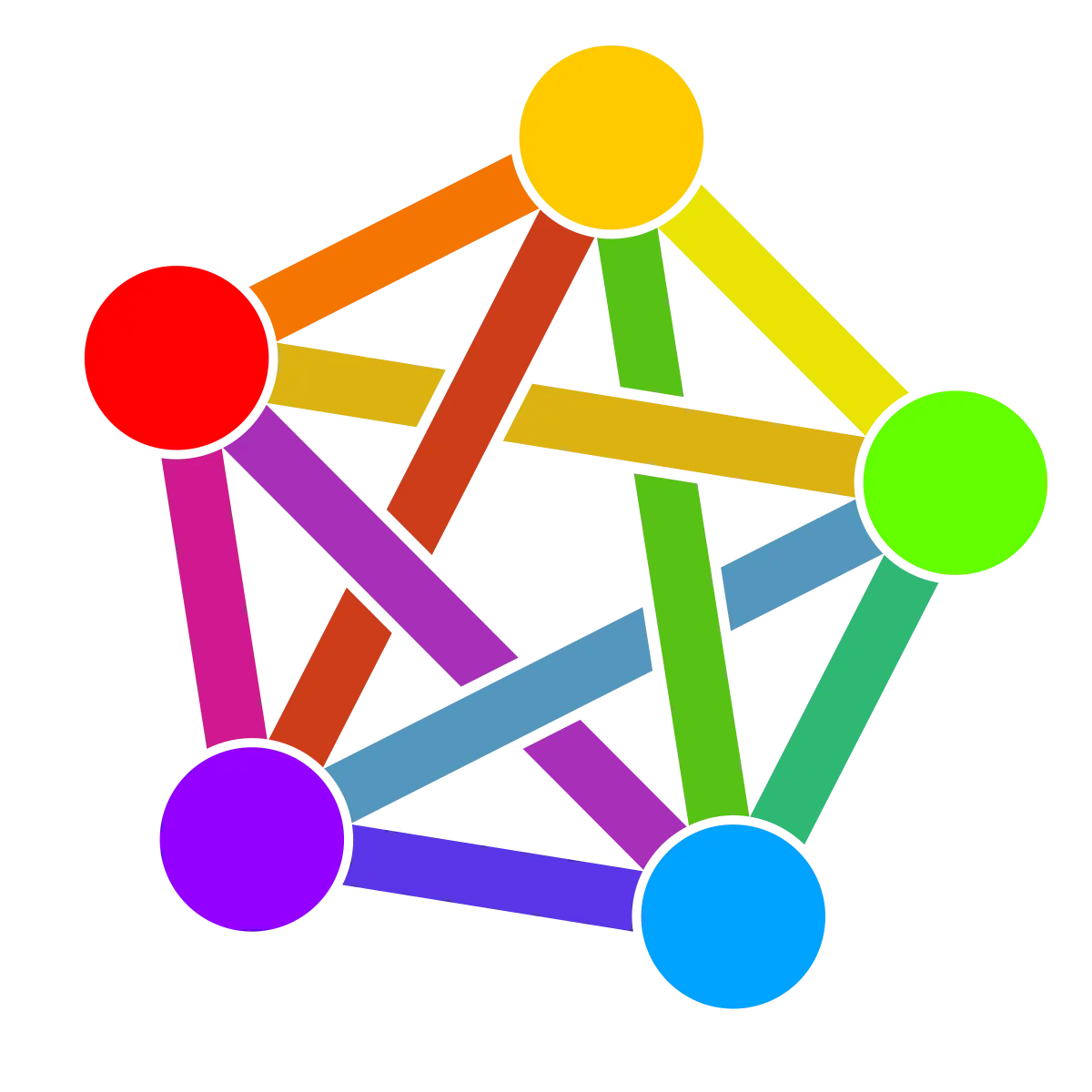Nah dw the mom just has epidermodysplasia verruciformis
- 0 Posts
- 10 Comments
Wasm bindgen is an absolute nightmare of auto-generated function names. From a purely performance/functionality perspective it works but it’s hella ugly. I hope some alternative arrives at some point.
 4·8 months ago
4·8 months agoNot to mention, if you accelerate your spacecraft to a speed faster than the minimum speed needed to raise your orbit as far as mars, you’re going to have to slow down by the difference between your speed and that min speed when you go for a landing anyways.
The pace of the orbits alone decides how quickly your spacecraft will get there.
So does old reddit but its also the only version of the site I find usable. UX people can have absurdly lopsided priorities.
 13·10 months ago
13·10 months agoA quantum computer can perform many operations in parallel. That is a feature of QM.
You’re trivializing the capabilities. This is not something you can just simulate on classic hardware while maintaining the O(n) performance of an actual quantum computer.
The fact that it is probably possible to do this stuff in the first place with a quantum computer is the point.
It’s not a theory because it has made no testable predictions. It’s just as valid as claiming, “Angels did it.”
I don’t disagree with this statement as stated but try and have some appreciation for the fact that this sort of reality-bending invention is possible.
It’s ok to start speculating.
 04·10 months ago
04·10 months agoIf you have an analog computer that simulates a ball falling, you have an analog of a ball.
In this case your analog computer would literally have some kind of ball as part of the apparatus. Thus you would be able to argue that the result is proof of a ball having been dropped and having taken exactly x.seconds to fall.
If you have an analog integrator you literally produce cyclic motions of the constitute frequencies of some signal in order to form the output graph.
What you are doing is trying to use the above statements to argue some statement about quantum computing. Clearly any attempt to do so is complete nonsense.
If anything reconsidering the argument above just lends MORE credence to the idea of a multiverse. Wherever you have an analog computer producing a result the intermediary compontents of the result physically exist. If the same applies for a quantum computer the space in which different permutations of intermediate results must physically exist.
I’m not trying to insult you but you’re clearly forcing some nonsense argument just to match the conclusion you’ve already had in mind before understanding the argument put forward.
Edit: I realized now I confused the “ball and disk” integrator for a similar physical apparatus that was used to compute fourier transforms but the point still stands
 24·10 months ago
24·10 months agoDropping a ball is not an effective means of computing a square.
A quantum computer is such an effective means of performing its computations, that it brings into question how it can even be possible that the electronic signals forming the intermediate results can all simultaneously exist and be consumed in the first place.
You doubling down again on comparing these two just proves you don’t understand anything about the claims being made.
 44·10 months ago
44·10 months agoThat a natural phenomenon occurs with precision that would require enormous computation to simulate
This isn’t the argument put forward by the article. Nothing about the precision of the measurement is made to be something of significance.
Also even if that was the case your analogy of it being like a rolling ball is totally inadmissible because a computation is not the same thing as a measurement.
Your attempt to liken the two shows some serious level of stubbornness in rejecting what possibly could be a very meaningful advancement in technology and metaphysics.
It’s totally ok to brush this article off as poorly written sensationalist crap but the problem is you don’t seem to understand the argument for why quantum computing capabilities are indicative of the possibility of a multiverse in the first place.

 6·10 months ago
6·10 months agoNothing against office workers trying to scrape by and make a living but holy fuck did this company ever have this coming.
Nothing like watching the greedy ouroboros devour itself in real time.



Nah, this is every parent ever.